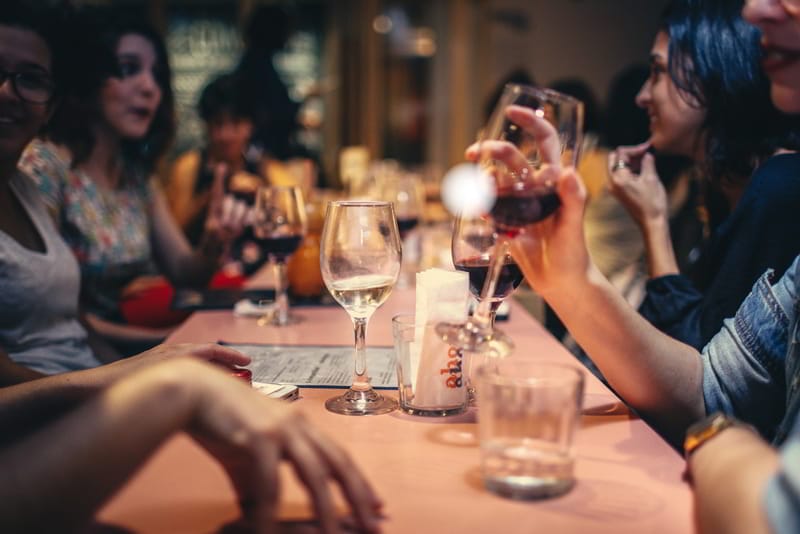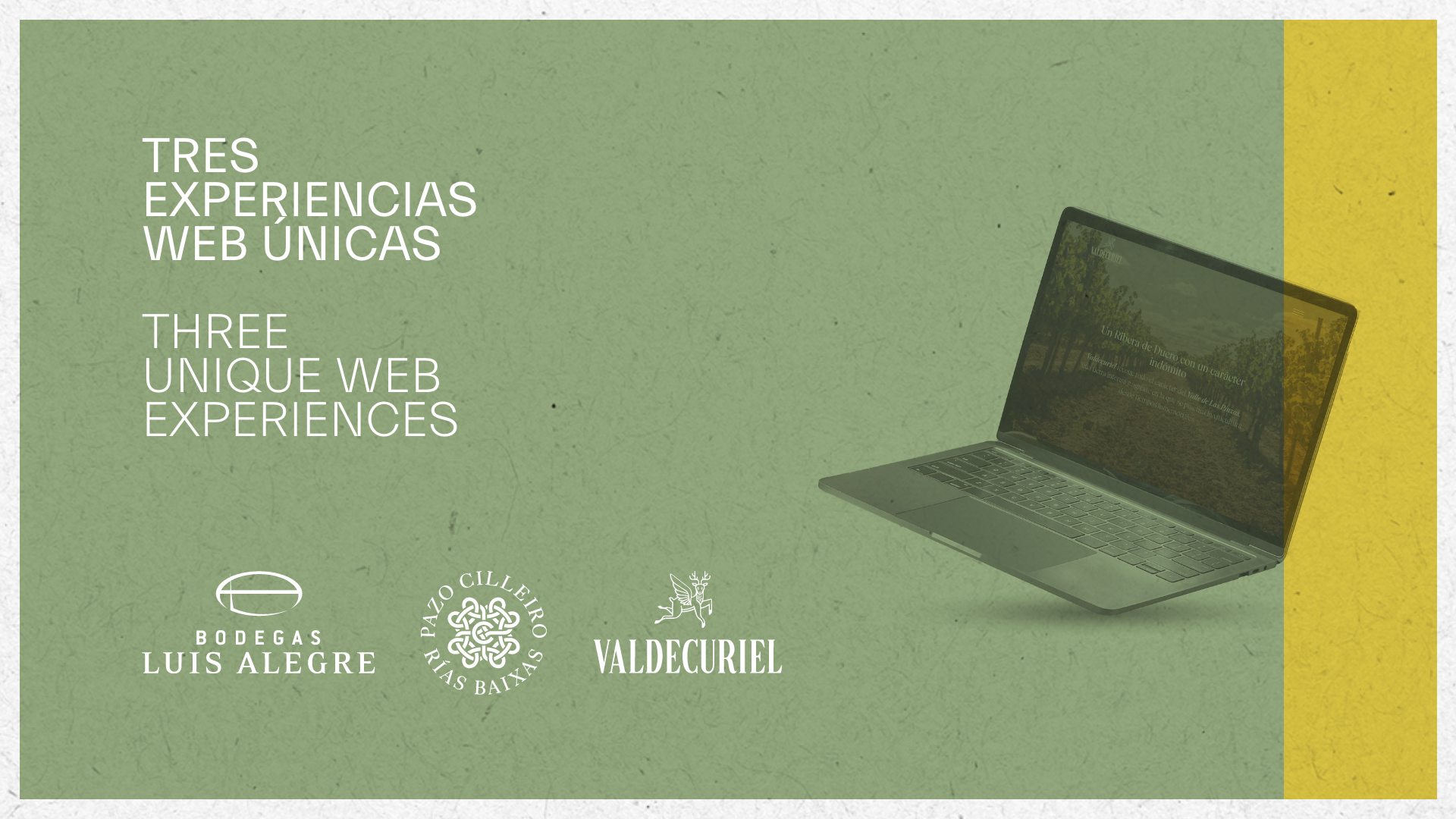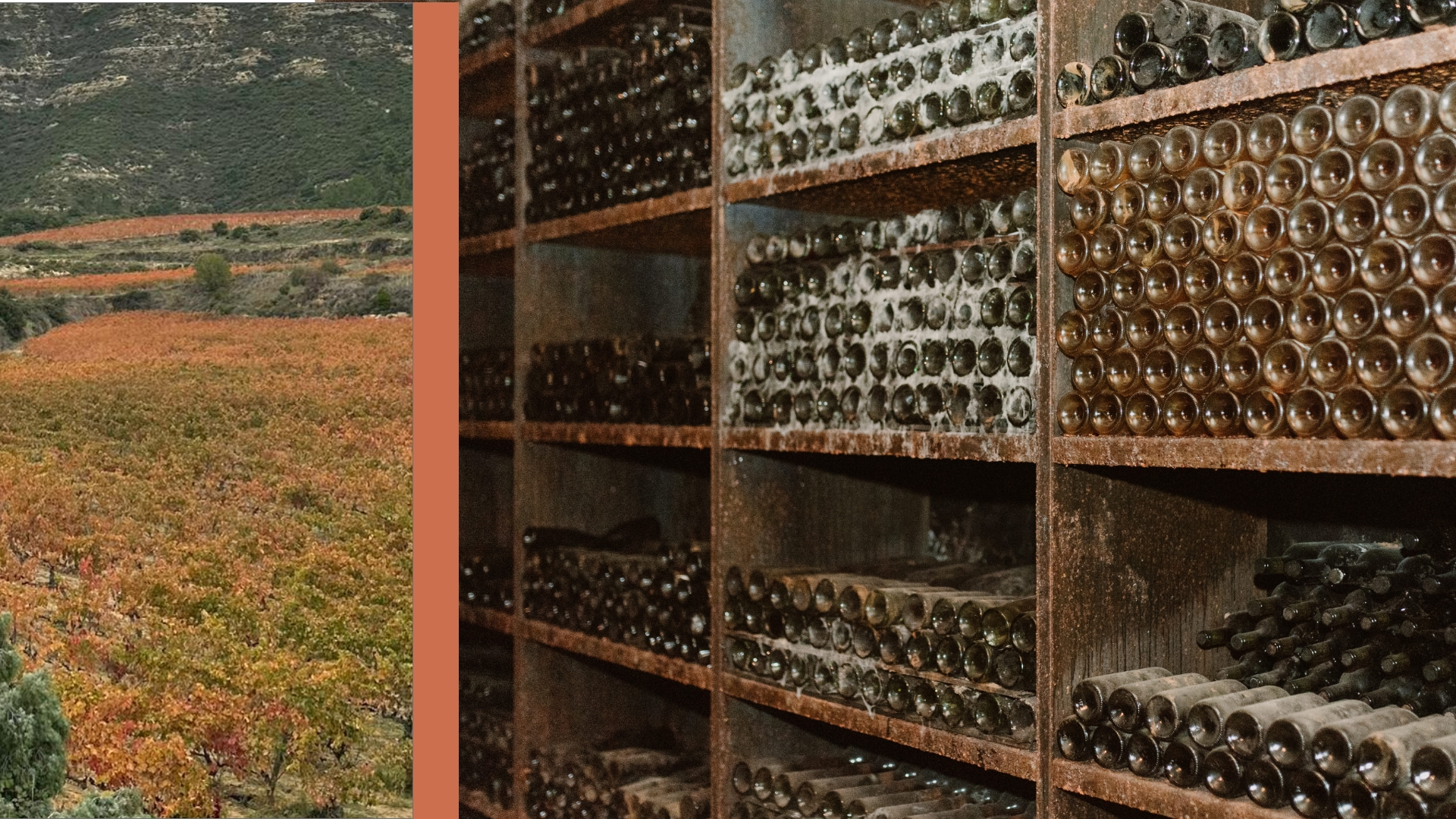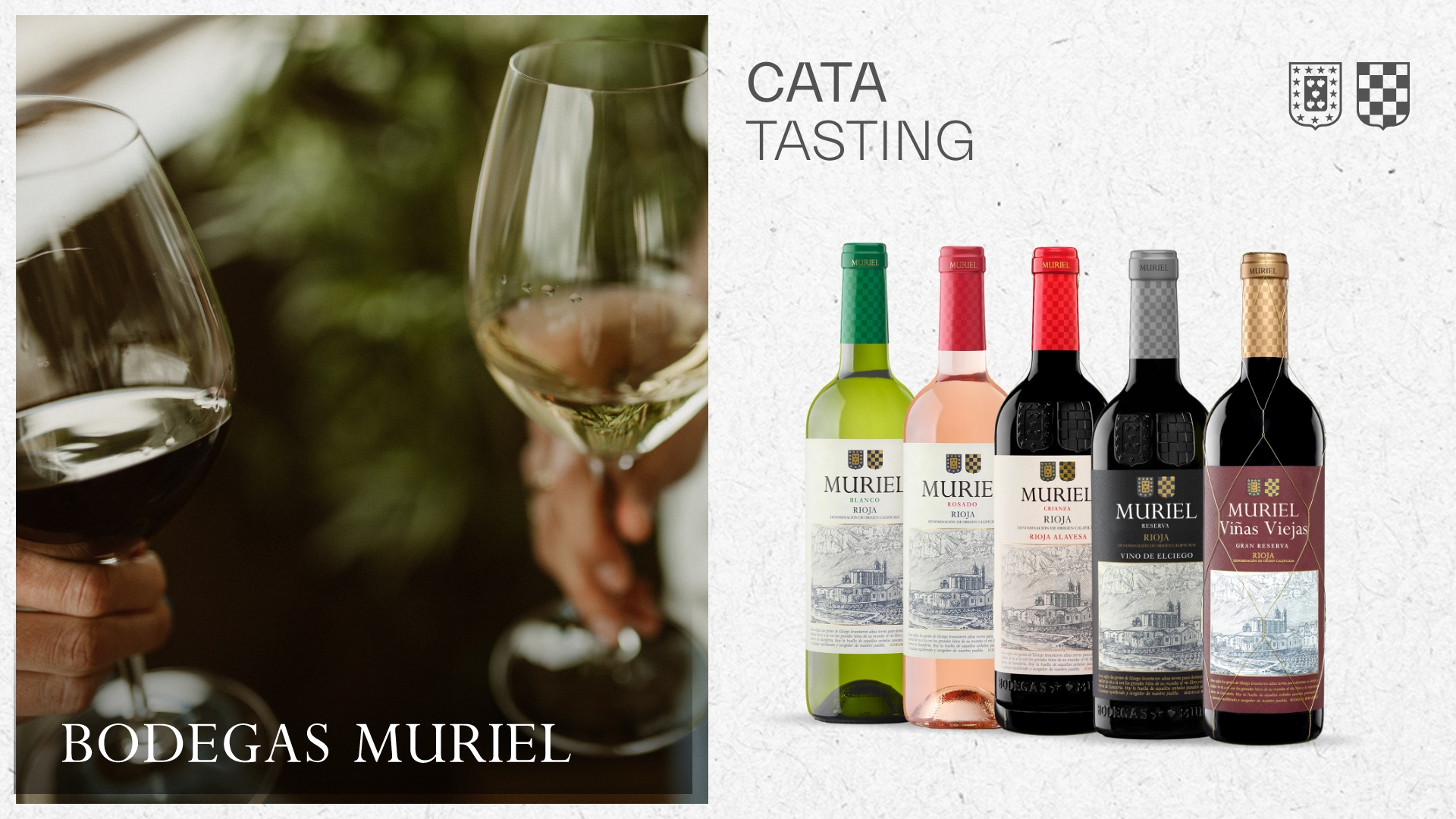What's going on in the USA wine market? As we did some months ago regarding the British market, we have asked Muriel Wines' importers in the States and this is what they have told us.
Which wines are American people having nowadays?
It depends on consumer's level of "wine sophistication" and how much they're willing to spend. And it varies greatly around the country. Sophistication is higher in major markets, like New York. It is interesting that both Baby Boomers (still the largest purchasers of wines in US as demographic group) and Millennials (nipping at Boomer'sheels in purchases, largely as Boomers numbers are starting to decline with age) are the most sophisticated wine buyers. Both consumer groups are most informed: Boomers because of wisdom coming with age and many years of buying/enjoying wine, Millennials largely because of all info available on internet and genuine interest in learning a lot about wine.
Boomers still buy "highest priced" wines, while Millennials buy lower price points. But, in general, most US wine consumers like "big and approachable" wines (mostly red) with a touch of residual sugar, not "bone dry", and probably more New World in style than Old World. At the least expensive end, wine consumers do like sweeter wines.
Boomers are more loyal to labels, Millennials are not at all loyal, but much more willing to experiment with different, unusual wines/grapes. Boomers (specially in New York area) tend to stick to "big reds" from US, Italy, and France while Millennials are more into experiencing wines from all over the world. Be it Spain, Portugal, less well-known parts of France like Beaujolais, South Africa, South America. Less affluent Boomers, and Gen X-ers drove the "big red" (and fairly inexpensive) Australian craze back in the late 1990s and early 2000s, as well as the Argentine Malbec craze that supplanted Aussie wines. The NY area was particularly strong in both of those "deviations" from US/French/Italian wines.
This is a great general approach. What are the current figures that back these ideas?
Nationally, wine sales are 71% domestic and 29% imported, but among high-frequency wine drinkers, the numbers change to 67% domestic and 33% imported. Generally, high-frequency equates with better informed, more sophisticated wine consumers: Boomers and Millennials. US Millennials and Gen-Xers (people from legal drinking age of 21 through their 40s) rank Spanish wines third behind Italian and French in their wine preferences.
When is wine consumed?
In general, more US wine consumers are appreciating it with meals, and like to pair wines to what they are eating on any given day. There is still the "tried and true" dictums of "red wine with meat", "white wine with fish"... but young sommeliers in US are steering consumers towards more unusual grapes that the Cabs, Chards, Merlots, Sauv Blancs, such as Tempranillo, Pinot Noir, red blends, Gamay, Chenin Blanc. Argentine Malbec became so popular because it is a good match with many foods Americans enjoy from pizza, burgers, barbecue, Italian and Mexican food on lower end, to steaks, roasts, and anything well-seasoned with garlic and other strong herbs and spices on higher end. Indian and Thai foods, that are very popular in US now (especially in urban areas like New York) work particularly well with whites like Chenin Blanc and Rieslings, and even sparkling wines and semi-sweet Rosés).

You mentioned New York as the example of a sophisticated urban market. Which styles and varieties do New Yorkers like?
· Rosé all year round and Beaujolais, especially on Cru side lighter one. Rosé appeals to both Boomers and Millennials. It is light, fresh, refreshing, either dry or somewhat sweet. And mostly from France but some coming from Spain, Portugal, Italy, Australia, etc.
· Grenache or Garnacha is also making small in-roads (mostly French, some Spanish and Australian, mostly at retail).
· Gruner Veltliner and Dry Rieslings on white side; we're seeing a lot of Gruner in restaurants, from various countries: Germany, Hungary, Austria.
· Lower alcohol wines, like Moscatos and sweeter Rieslings, especially for Millennials who are entry-level drinkers. This is seen mostly at retail in Manhattan and boroughs, also in Westchester and Long Island.
· Sweeter wines are quite popular with women and many ethnic groups. New York has fairly large Latin and South American populations, and they tend to drink Spanish and wines from their countries, especially Argentine and Chilean. They also have French and Italian, which is what were considered "high quality" wines in their countries).
What is selling best at retail and restaurants?
Always the "fighting varietals": Chardonnay, Sauvignon Blanc, Pinot Grigio on white side; Merlot, Pinot Noir, Syrah, Malbec, Cabs on red side (especially in restaurants).
Seeing a lot of above from Languedoc, because of inexpensive prices at retail. More French, Italian and American restaurants (steak houses, etc.) are pouring Spanish wines, especially by-the-glass. While many consumers once thought Rioja was the name for any red Spanish wine, more are becoming aware that Tempranillo is a grape and that Rioja is not a brand name or a grape name but a region in Spain.
What about sweet vs. dry? Lighter style vs. "big reds"?
Millennials are more "price-conscious" than about geography (where wine is from), while Boomers still drive "high end" wines, mostly from the Old World. Older consumers will follow brands, while younger consumers are more adventurous and will try anything.
Where is wine consumption in restaurants and homes heading to?
There is no agreement here. Better wines, but drinking less often. Millennials don't need occasion to drink wine; they are buying more for everyday consumption that Boomers do, but price points are lower.
Everyone now has access to internet and there're so many apps for wine and food (Vivino, Pinterest, Next Glass, bevRA, wines.com, etc.). All have information on wines, wineries, regions, etc. Though Millennials use them more, interested wine consumers (regardless of age) are finding them and using as reference.
At retail, most people trust the recommendations of the store's owners, management, salespeople (NY does not allow retail chains, so there's no wine in supermarkets or "big box" stores -- only in wine/spirits shops). Beer can be sold in supermarkets, etc., but not in wine/spirits shops. Better retailers in NY area trade on their staff's expertise. New Jersey does allow sales of wine/spirits/beer and food, but only three licenses per owner, so wine/spirits are not in all supermarkets or "big box" stores...and those that do have wine/spirits area also try to push expertise of the staffs."
You may also be interested in:




